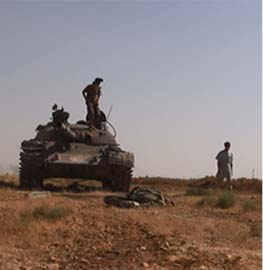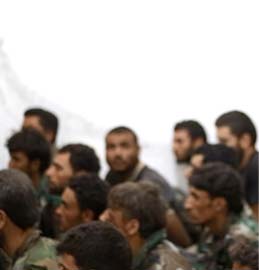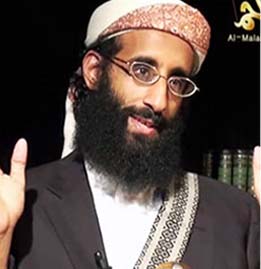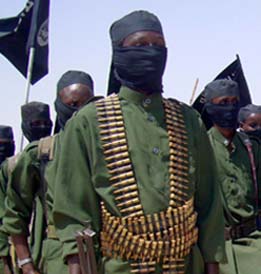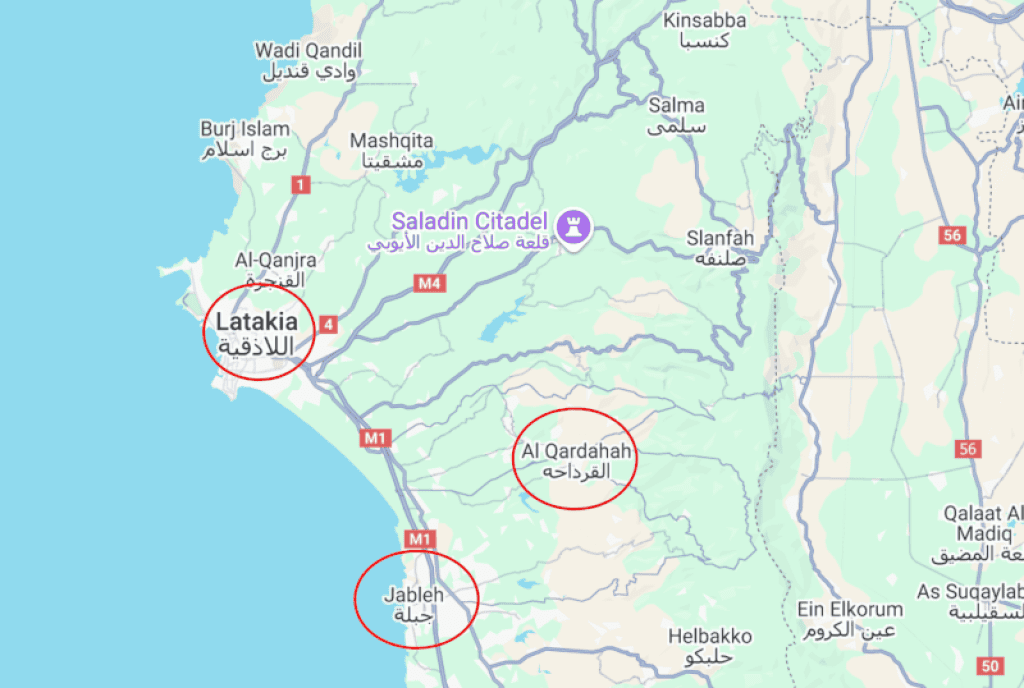
On March 6, Syria witnessed the most intense and bloodiest clashes between the new Syrian government and loyalists to dictator Bashar al Assad since the Assad regime’s downfall on December 8. These battles erupted in the coastal region of western Syria, the heartland of Assad’s Alawite community, and were unprecedented in scale. While small armed groups had emerged over the past three months, previous clashes were limited, less lethal, and mostly contained within a day.
Armed militants, believed to be Assad loyalists, ambushed General Security Service (GSS) forces, resulting in multiple fatalities. The attack began in the village of Jableh in Latakia governorate, killing at least 15 GSS members, according to Al Jazeera.
Al Quds Al Arabi reported that “an actual war has erupted” in Jableh’s countryside, particularly along the M1 international highway between Latakia and Tartus, near the administrative border between the two governorates. The ambush in Beit Ana killed five GSS personnel and also targeted an ambulance attempting to evacuate the wounded. Additionally, a GSS checkpoint near Latakia was attacked.
Fights also broke out between GSS forces and Assad loyalists near the naval college in Jableh and in Qardaha, the birthplace of Hafez al Assad.
The Syrian Arab News Agency (SANA) reported that authorities in Tartus, Homs, and Latakia imposed a curfew starting at 10 pm on March 6. Meanwhile, the Syrian Observatory for Human Rights (SOHR) claimed that 28 militants affiliated with Assad-loyalist groups were killed in clashes with GSS forces in Latakia. The GSS also stated that it was engaged in fighting against groups linked to former regime officer Suhail al Hassan, one of the most prominent officials under Assad.
Forces from across Syria aligned with the country’s new leadership mobilized to reinforce government troops in the coastal region. Convoys from Idlib, the former stronghold of Hayat Tahrir al Sham, moved into Latakia governorate to support government forces in containing the ongoing clashes.
According to Al Arabiya, a military convoy was ambushed by Assad loyalists on the Aleppo-Latakia highway, resulting in the deaths of seven Ministry of Defense soldiers.
Who is the organization behind these attacks? While the clashes were ongoing, a group called “The Military Council for the Liberation of Syria” announced its formation under the leadership of Brigadier General Ghayath Suleiman Dala. Its first statement is as follows:
O the sons of the noble Syrian people, our brave soldiers who have swallowed their anger after months of injustice, oppression, kidnapping, and physical elimination based on ethnicity and religious creed, and after the failure of the extremist jihadist that seized our nation with assistance from foreign powers and is currently standing with a de facto policy without any legal or constitutional right, and after its failure in protecting the nation and the citizens, and the deterioration of the security, economic, and humanitarian situation to unprecedented levels in the history of the country, and after our land has been violated by foreign powers, we, the commanders of the national Syrian armed forces, announce the formation of a military council to liberate Syria.
This council represents the will of the free Syrian people and aims to achieve the following goals:
1. Liberating all the Syrian soil from all the occupying and terrorist forces.
2. Overthrowing the existing regime and dismantling its oppressive, sectarian apparatus.
3. Protecting the lives and properties of Syrian citizens.
4. Rebuilding state institutions on national and democratic foundations.
5. Preparing conditions for the return of refugees and displaced persons to their homes.
6. Establishing a unified, sovereign Syrian state that respects human rights and guarantees justice and equality for everyone.
We assure our people that we do not seek power and that our only goal is to liberate Syria and build a better future for its sons. We call on all the Syrian people from different sects, regions, and ethnicities to join us and stand with us in this historical stage.
We also call on the international community to support the will of the Syrian people to liberate themselves from injustice and tyranny disguised in vague terms and to stand with us in achieving our noble goals.
We believe that victory is ours, and that Syria will return free and proud, and will enjoy security, stability, and prosperity.
God protect Syria and its people.
Ghayath Suleiman Dala, the leader of The Military Council for the Liberation of Syria, was formerly the commander of the “Ghayth” forces within the 4th Armored Division of the Syrian Arab Army—a division led by Bashar al Assad’s brother, Maher al Assad, until the dictator’s downfall in December.
Dala was considered one of the most prominent loyalists to the Iranian axis within the Syrian regime and consistently coordinated his operations with Tehran-backed militias during battles in Mleeha, Zabadani, and across the Damascus countryside. Reports from 2018 suggest that after being deployed to Quneitra, Dala successfully integrated a significant number of militants from Iranian-backed groups, including Lebanese Hezbollah and Liwa Al Imam Hussein, the latter affiliated with Iraq’s Sadrist movement.
Janoubia reports that Dala aligned himself with regime officials like Mohammad Mehrez Jaber, the former commander of the “Desert Eagles” forces, who currently resides between Iraq and Russia, as well as Yaser Ramadan Al Hejel, who was an operational commander in Suhayl al Hasan’s “Tiger Forces.”
A security official told Al Jazeera that Bashar al Assad is aware of the coordination between various armed groups backed by a “foreign state.” The official claimed that the military council, led by Ghayath Dala, received financial support from Hezbollah and Iraqi militias, as well as logistical assistance from the Kurdish-led Syrian Democratic Forces (SDF). While these claims remain unverified, some reports suggest that Syrian government forces have increased patrols along the Iraqi-Syrian border to prevent Iraqi militias from smuggling weapons. Similarly, patrols have intensified along the Lebanese-Syrian border to block Hezbollah cells from arming or assisting insurgent groups. Meanwhile, a Turkish military convoy was spotted moving toward areas bordering SDF-controlled territory in the Raqqa countryside.
Many analysts believed significant attacks by Assad loyalists to be inevitable, given the Alawites’ maintenance of a stronghold on the coast, their history under Assad, and the new Syrian government’s ongoing struggle to consolidate power across all the country’s governorates. The situation continues to develop rapidly.

